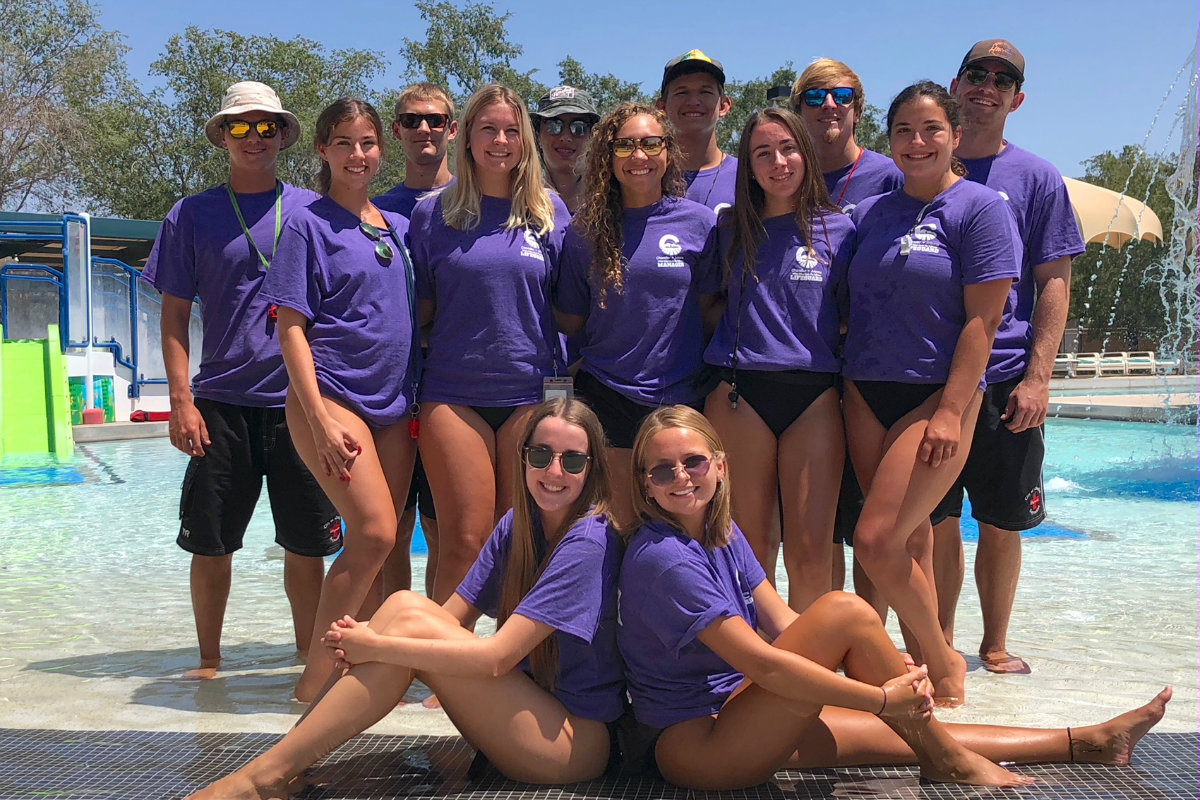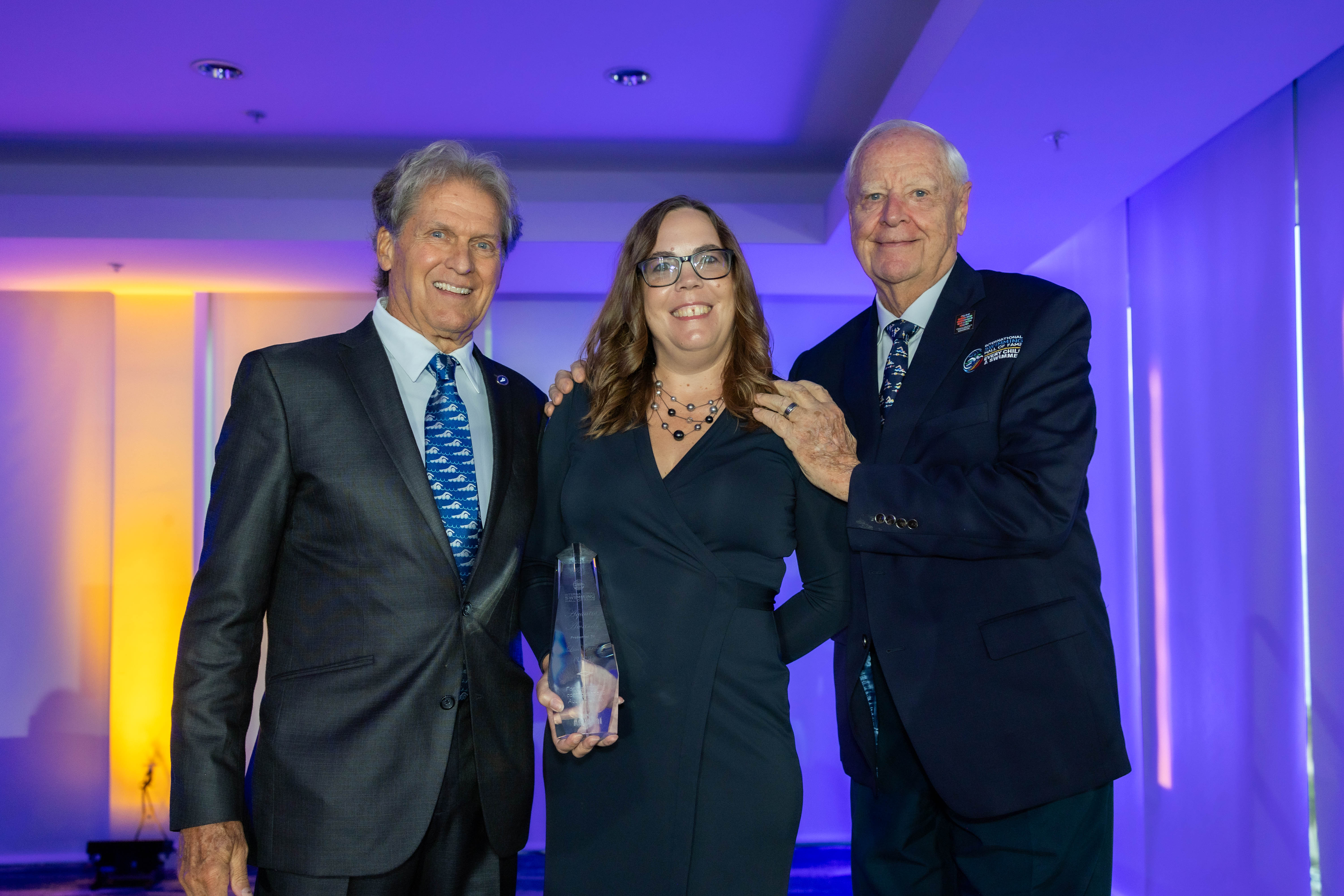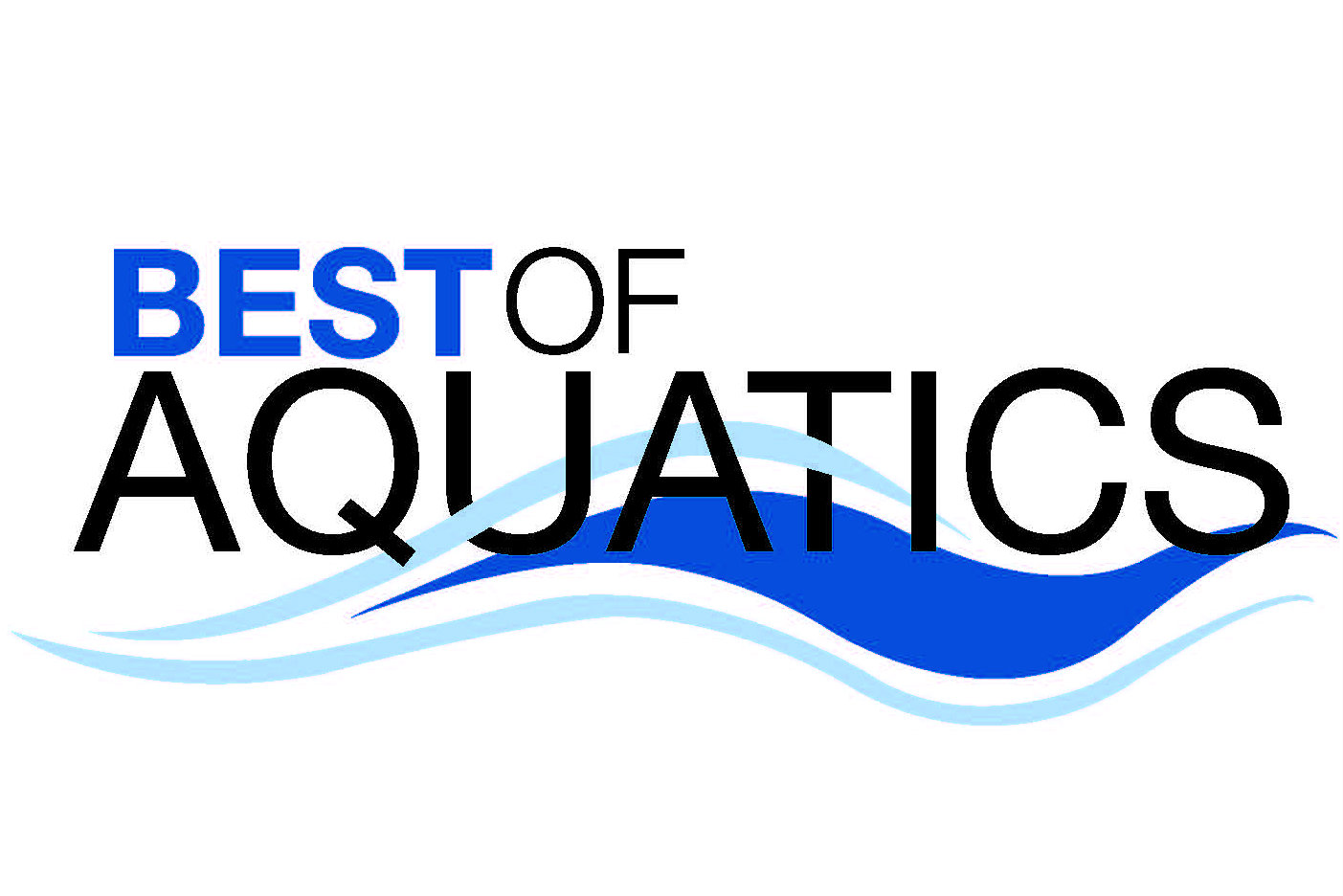The City of Chandler, Ariz. saw a startling rise in water-related incidents in 2011, with 18 reported accidents, up from only one the year prior.
So far this year: One.
The drastic reduction can be credited in large part to a statewide water-safety campaign that takes place each year in August. The City of Chandler’s participation, however, may be a little more colorful than most.
During Drowning Impact Awareness Month, purple is everywhere. It’s the color of the banners hanging from street lamps and the ribbons city officials wear throughout the month. These ribbons also are distributed to the public, including magnetic versions that cling to emergency vehicles. These visual reminders to be water-safe are unavoidable.
“Our goal is to turn the City of Chandler purple in every way, shape and form,” says Traci Tenkely, aquatic coordinator.
The proudest display of purple is on the lifeguards. As part of the campaign, guards sport purple tee shirts both on and off duty. This apparel is intended to start conversation. When the public asks about the tees, lifeguards are instructed to provide a water-safety tip.
“A purple lifeguard shirt is rare and sparks attention, which gives staff the opportunity to talk about their summer job and the impact they have on keeping the community safe,” Tenkely says.
The shirts are also something of a status symbol, she says. Staff looks forward to receiving their royal purple tees at the end of the season.
A community effort
The campaign focuses on how a drowning affects the whole community.
While the victim’s family experiences the trauma firsthand, the ripple effects of such a tragedy spread far and wide, affecting first responders and hospital staff, as well. So it’s fitting that the program involves multiple agencies, including fire, aquatics, medical and health departments, along with Phoenix Children’s Hospital.
“The intent really is to talk about the community-wide impact that a drowning has,” Tenkely explains.
As part of the campaign, the city hosts a water safety event, in partnership with Salt River Project, the regional utility provider. There, the public can learn about life jackets and watch emergency-rescue scenarios performed by lifeguards and medical professionals. This year’s event attracted more than 250 participants.
Chandler Firefighter Charities, Salt River Project and the Drowning Prevention Coalition of Arizona provided a total of $750 towards free swim lessons. For 20 who received the waivers during the event, staffers were able to expedite the time it takes to get them into their first lesson. For the general public, there’s typically a waiting list, but Tenkely wanted to strike while the iron was hot, so to speak. They were in the water within a week or two of the event, learning how to swim.
“We kind of strong-armed people to get them registered,” Tenkely says with a laugh.




